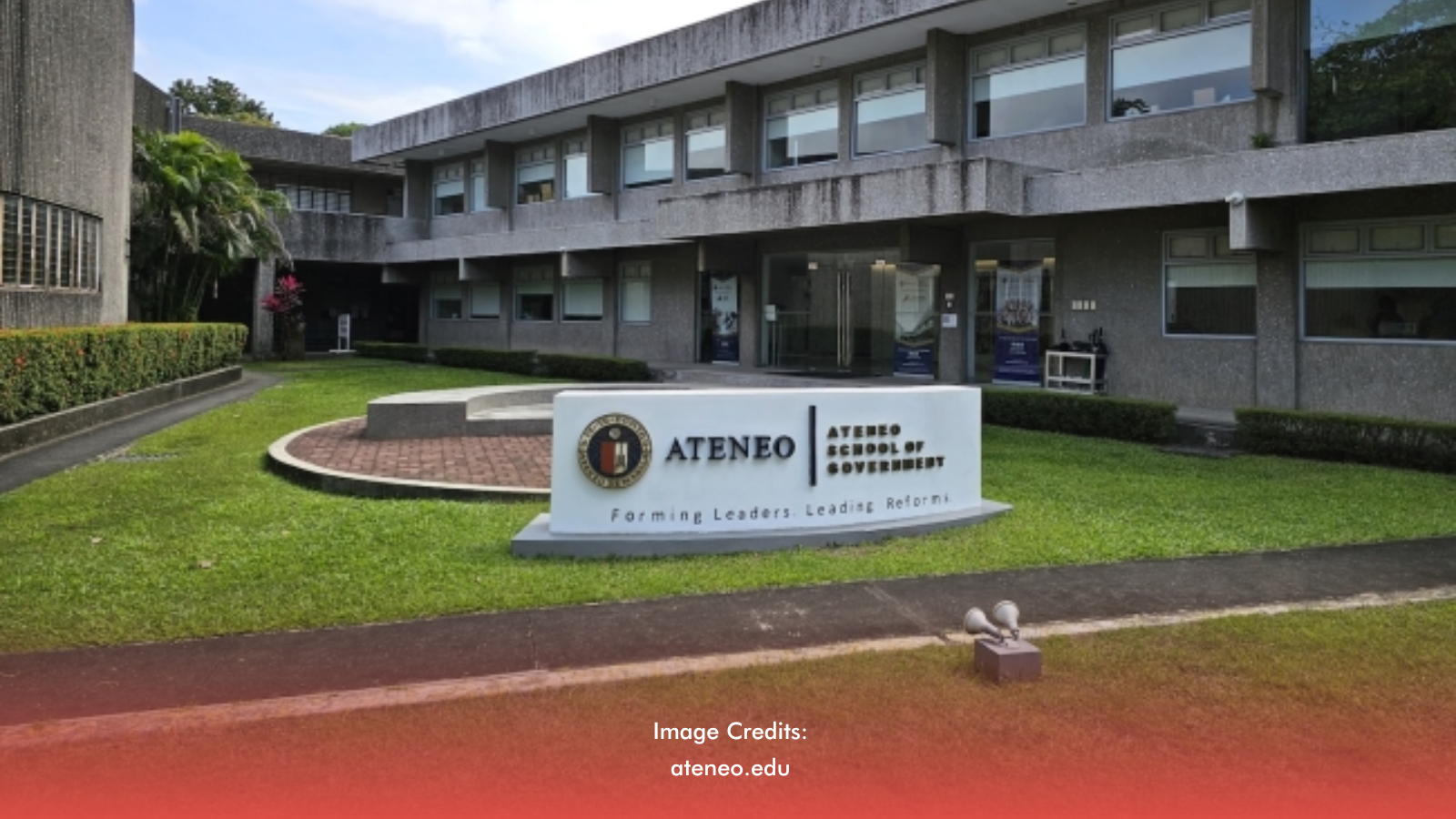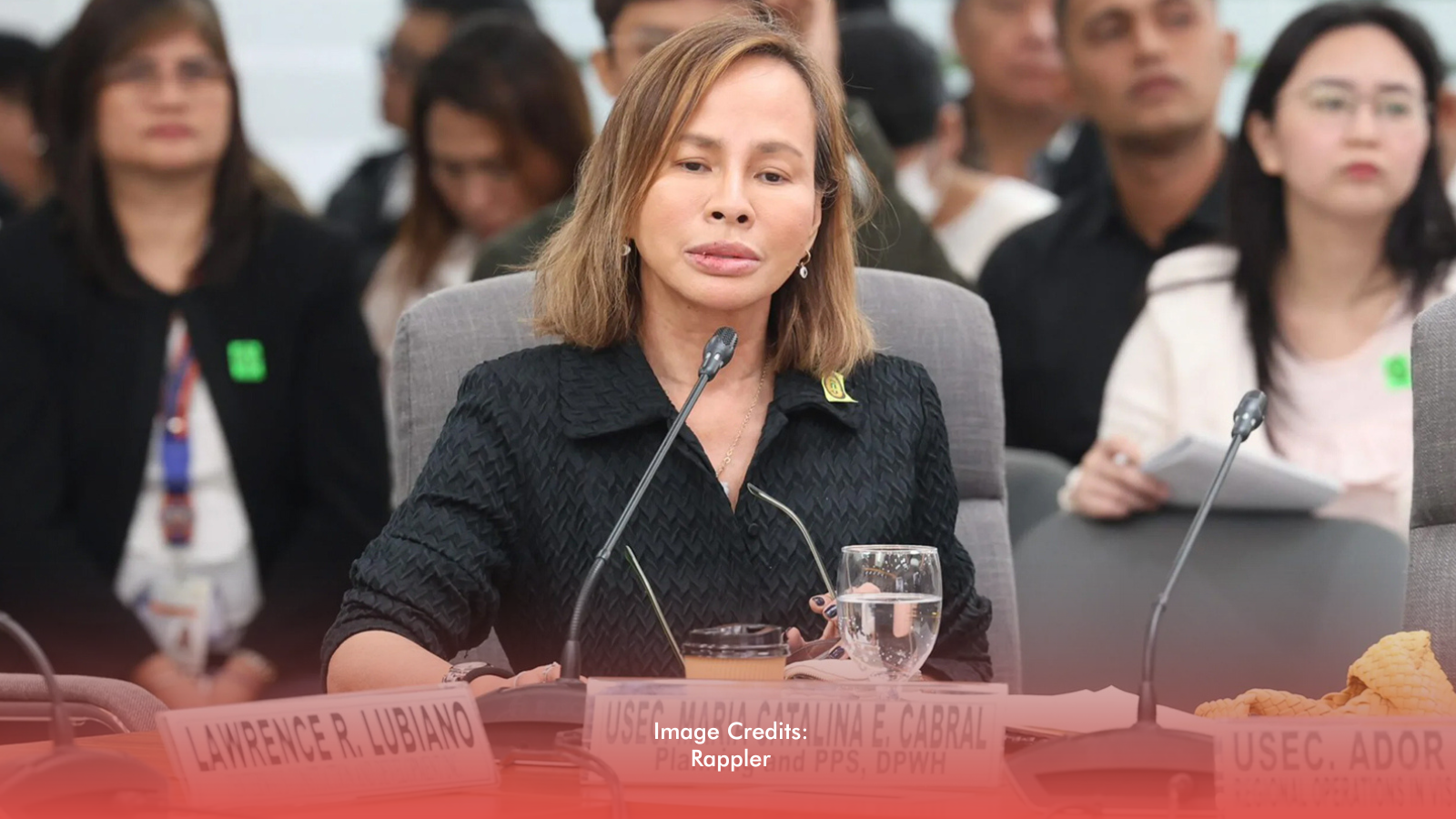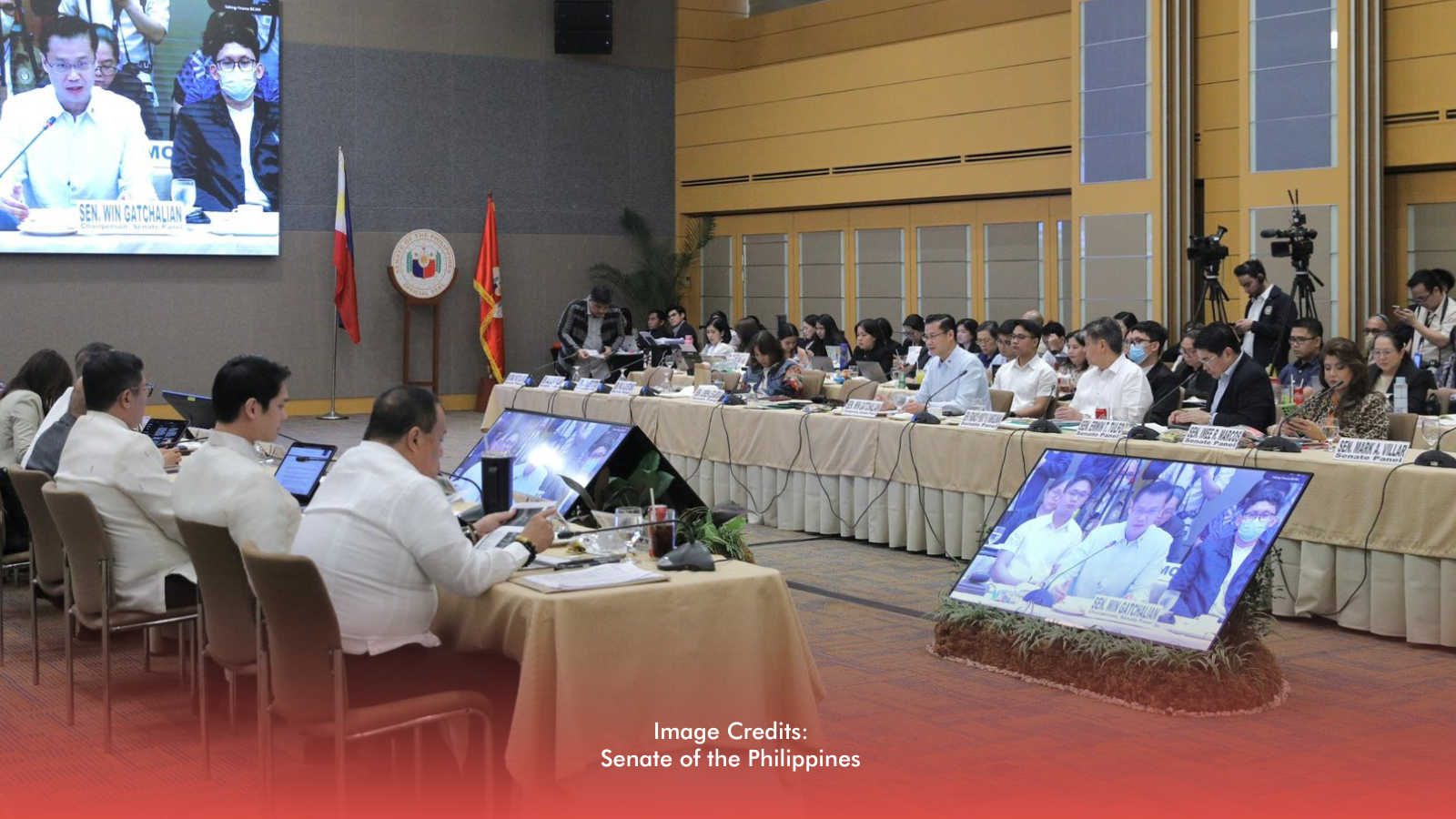The Ateneo School of Government (ASOG) has released an analysis of the 2025 national expenditure budget, highlighting what it describes as a disproportionate allocation toward the Department of Public Works and Highways (DPWH), particularly for flood control and other infrastructure projects.
RELATED: [Palace Drops 2026 Flood Control Budget, Orders Review Of DPWH Funds]
Rising Infrastructure Allocations
Based on data from the General Appropriations Act (GAA) and DPWH records, ASOG reported that flood control spending has steadily grown since 2018, reaching P254.3 billion in 2025. This accounts for 32.1 percent of the DPWH’s operations budget.
The figure surpasses the annual budgets of key agencies such as the Department of Social Welfare and Development (P230.1 billion), Department of Health (P223.2 billion), Department of Transportation (P180.9 billion), and Department of Agriculture (P129.0 billion).
According to the ASOG study, the DPWH’s budget in 2025 has, for the first time, crossed the one trillion peso mark. The group noted that allocations for flood control alone make up 22 percent of the department’s total funds. The review questioned whether such prioritization comes at the expense of other pressing needs, including a 160,000-classroom backlog and the poor state of 70 percent of existing public school facilities.
ASOG also pointed out that funding has been diverted away from agencies such as the National Irrigation Authority, Department of Agriculture, Department of Labor and Employment, and the Department of Transportation, while significant increases were directed to DPWH, the Local Government Support Fund, and other infrastructure-related agencies.
Cuts in Social Services and Rising Debt
The study further observed major reductions in social welfare and health programs. In 2025, the budget of the Department of Social Welfare and Development was cut by P94.3 billion, while PhilHealth lost P74.4 billion in subsidies.
The conditional cash transfer program (4Ps) also saw a P50 billion reduction. In contrast, larger allocations went to cash assistance programs such as AKAP, AICS, and TUPAD, which ASOG said lack systematic beneficiary targeting.
The report also flagged fiscal concerns, noting that 40 percent of the 2025 national budget is funded by borrowings. As of April 2025, national debt stood at P16.75 trillion, equivalent to 63.1 percent of GDP, with debt servicing costs rising significantly year-on-year.
Call for Scrutiny
ASOG concluded its report by urging oversight agencies and the newly created Independent Commission on Infrastructure to investigate budget allocations and diversions. It also called for greater transparency in the bicameral budget process and accountability from both executive and legislative leaders involved in approving the current expenditure program.
RELATED: [Beyond Contractors: Who Really Benefits from Ghost Flood Control Projects?]








